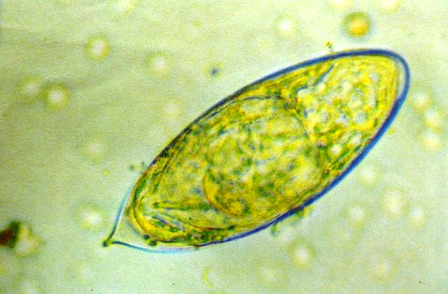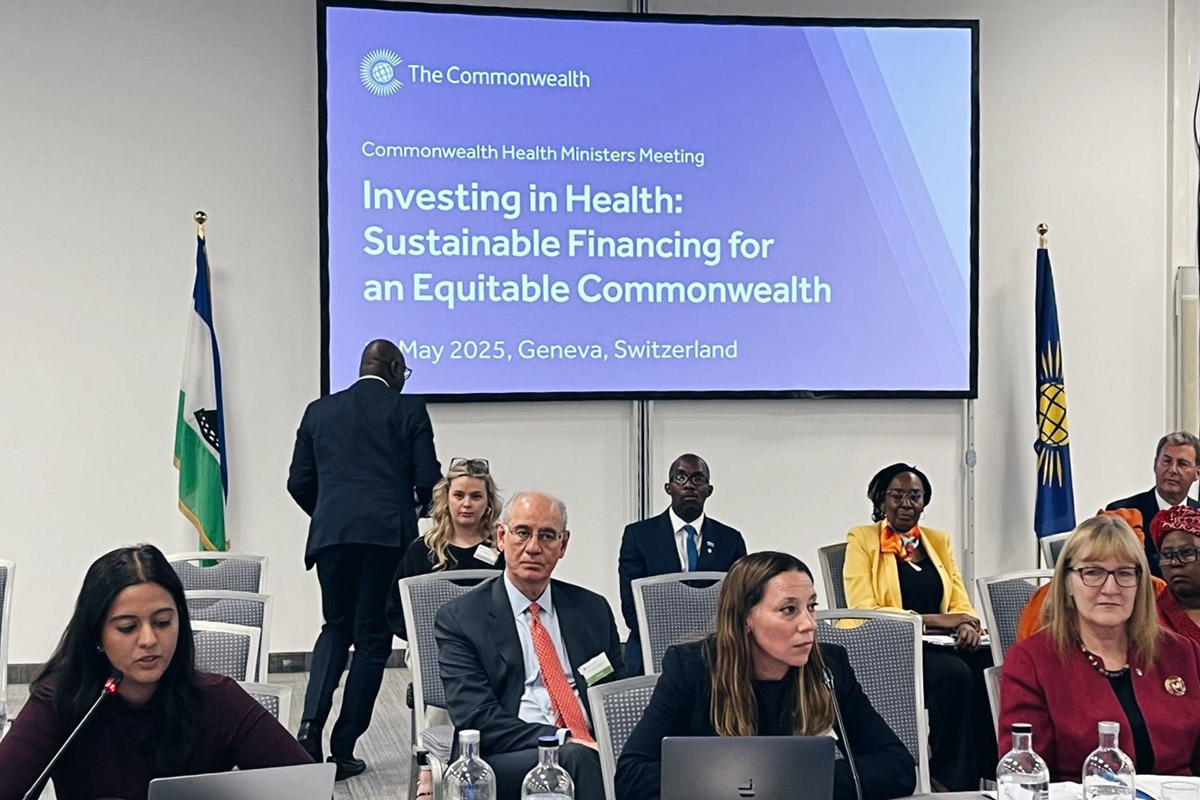“Youths educate community about parasite”
March 8 The bilharzia parasite causes illness and chronic health damage in throughout Africa, writes Gift Kaputolo, 23, a Correspondent from Lilongwe in Malawi, who describes work by a volunteer youth group to educate communities about risk and prevention.
The bilharzia parasite causes illness and chronic health damage in throughout Africa, writes Gift Kaputolo, 23, a Correspondent from Lilongwe in Malawi, who describes work by a volunteer youth group to educate communities about risk and prevention.
Bilharzia, also known schistosomiasis, is an infection caused by a parasitic worm that lives in fresh water in subtropical and tropical regions. The parasite is most commonly found throughout Africa, but also lives in parts of South America, the Caribbean, the Middle East and Asia.
It is reported that 20 per cent of Malawi’s population live in bilharzia-affected areas, making them more vulnerable than the rest of the population. It is with such an alarming statistic that Phalombe Youth Arms Organization (PYAO) organised an orientation exercise at Chitekesa Community Day Secondary School with teachers, traditional leaders and religious leaders in February in Phalombe district in the Southern region of Malawi. The exercise was aimed at equipping the community leaders with relevant information pertaining to the infection.
According to Vincent Thom, PYAO’s Project Officer, bilharzia ranks as one of the most disregarded infections in Malawi. There is little action done to promote awareness of the infection, thus PYAO deemed it important to address the issue. In addition to that, PYAO’s catchment area of operations falls within an area close to Lake Chilwa.
Lake Chilwa is the second-largest lake in Malawi after Lake Malawi. Approximately 60 km long and 40 km wide, the lake is surrounded by extensive wetland rendering it an ideal habitant for the bilharzia worm. Most households benefit directly from the lake through fishing. The lake and its wetlands are common playgrounds for the kids in the area.
From playing in the water, the likelihood of kids coming into contact with contaminated water is very high. Once contracted through the water, the tiny bilharzia worm burrows through the skin. The burrowing into the skin is hardly noticeable, although occasionally people get small, itchy red bumps on their skin for a few days where the worms burrowed in. Once in the body, the worms move through the blood to areas such as the liver and bowel.
After a few weeks, the worms start to lay eggs. Some eggs remain inside the body and are attacked by the immune system, while some are passed out in the form of bloody urine or fecal matter. Without treatment, the worms can keep laying eggs for several years.
The symptoms of bilharzia include fever above 38C, an itchy, red, and blotchy raised rash, cough, diarrhea, muscle and joint pain, abdominal pain and general sense of feeling unwell. Bilharzia, if left unattended, can result in digestive problems, serious damage to body parts and anemia.
Organised in collaboration with New Life Anointed, a faith based organization, the exercise saw various leaders of the community raise key points. The community expressed contentment with the initiative, for there were myths and beliefs pertaining to the infection. The PYAO leadership was also commended for taking action first, rather than waiting for either government or non-governmental organisations to address some of the problems.
Also present at the orientation exercise was Bishop Christopher Kapito, who expressed his appreciation and commended PYAO for addressing such a critical problem.
“It is my wish to see children safe from infections like bilharzia so that their education is not compromised,,” Bishop Kapito said.
He also highlighted that the exercise will help in curbing issues of school absenteeism as parents, teachers and leaders would learn more on the cause, symptoms and treatment of the infection.
Phalombe Youth Arms Organization is a youth-led organisation registered under the National Youth Council of Malawi Act, which stipulates that no unregistered youth organisation should operate in Malawi. PYAO’s organizational focus is on sexual and reproductive health, HIV and AIDS, vocational skills training, environment, and agriculture among others.
Reach me on Twitter @Gifiti_KapG.
photo credit: Iqbal Osman1 S Haematobium via photopin (license)
…………………………………………………………………………………………………………………
About me: I am currently working as the Programme Associate-Communications for the National Youth Council of Malawi (NYCOM). I share a passion for Youth Development and Empowerment activities and am conversant with the Malawian context of young people and development in general. I use writing to promote awareness on various issues affecting the youth in Malawi
I aspire to be a writer of international repute, as my flair in writing has earned several literary awards.
…………………………………………………………………………………………………………………
Opinions expressed in this article are those of the author and do not necessarily represent the views of the Commonwealth Youth Programme. Articles are published in a spirit of dialogue, respect and understanding. If you disagree, why not submit a response?
To learn more about becoming a Commonwealth Correspondent please visit: http://www.yourcommonwealth.org/submit-articles/
…………………………………………………………………………………………………………………




